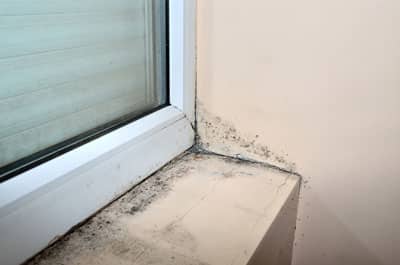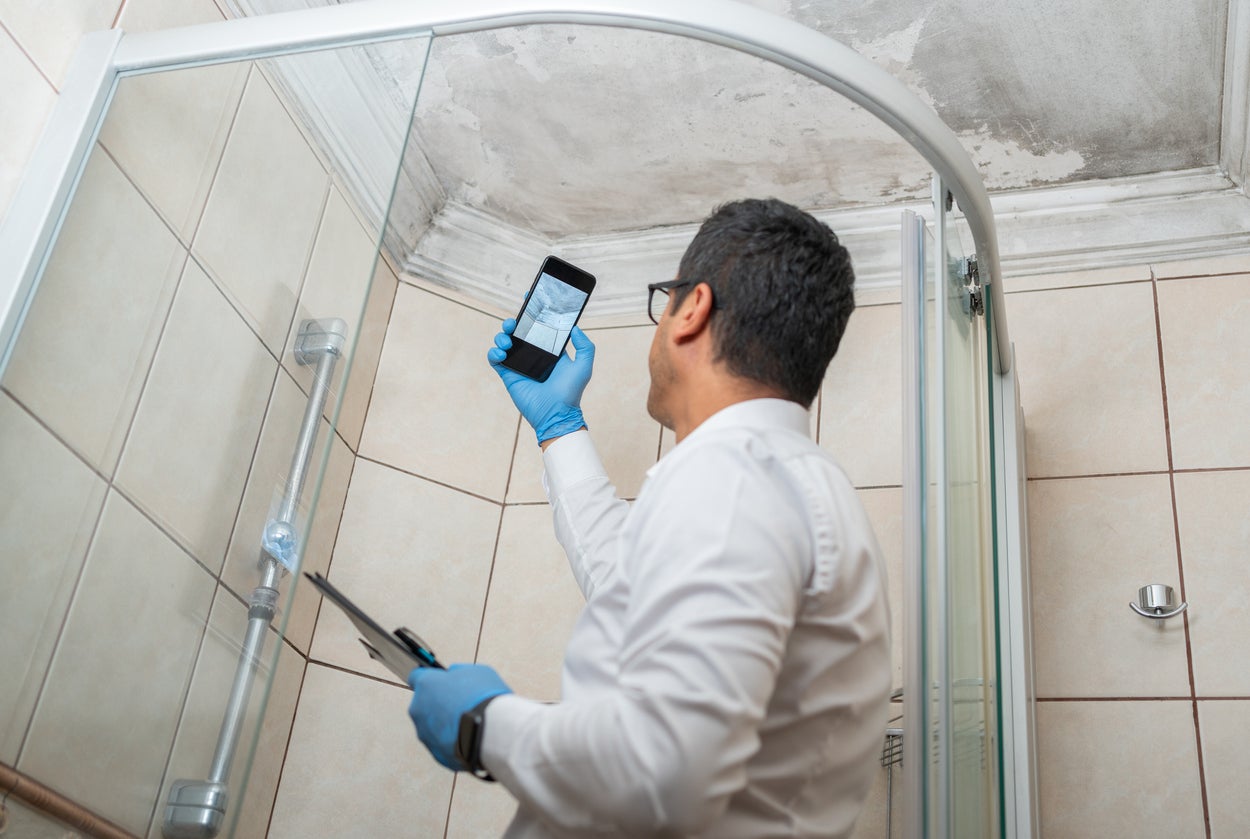Advice on What to Do After Mold Remediation
Your Ultimate Overview to Article Mold Remediation Techniques
In the results of mold problem, understanding exactly how to effectively remove the mold and avoid its reoccurrence is critical for preserving a healthy interior setting. From selecting the appropriate cleaning and sanitizing techniques to executing strategies for lasting mold and mildew avoidance, each action in the remediation trip plays a crucial duty in guaranteeing a successful end result.
Recognizing Post-Mold Removal Process
After completing the mold removal procedure, it is crucial to recognize the post-mold removal techniques that are required to make sure a effective and comprehensive cleanup. Once the mold has been eliminated, the next step entails cleansing and sanitizing the influenced areas to avoid any kind of regrowth of mold. This includes making use of specialized cleaning representatives to clean down surface areas and kill any kind of staying mold and mildew spores. It is essential to dry the location entirely to dissuade the development of mold and mildew in the future (Post Mold Remediation). Appropriate air flow and dehumidification can assist in this process.
Moreover, carrying out a last evaluation post-remediation is crucial to guarantee that all mold has been effectively eradicated. This inspection must entail a detailed aesthetic check in addition to potentially air sampling to confirm the absence of mold spores airborne. Additional remediation might be required if the assessment exposes any kind of lingering mold. Enlightening occupants on precautionary procedures such as controlling dampness degrees and immediately attending to any kind of water leakages can help keep a mold-free atmosphere.
Effective Cleaning and Sanitizing Techniques

Stopping Future Mold And Mildew Development

Relevance of Appropriate Ventilation
Correct ventilation plays an important function in preventing moisture accumulation, a key consider mold development within indoor environments. Reliable air flow systems help eliminate excess humidity from the air, minimizing the chances of mold and mildew spores discovering the dampness they need to sprout and spread. Without adequate ventilation, interior spaces can come to be a breeding place for mold and mildew, resulting in possible health dangers and structural damage.
By making certain appropriate air blood circulation, ventilation systems can additionally help in drying out wet locations much more promptly after water damages or flooding incidents, additionally deterring mold and mildew growth. Post Mold Remediation Report. Precede like restrooms, kitchen areas, cellars, and attics where wetness degrees have a tendency to be greater, installing and maintaining effective ventilation systems is essential in avoiding mold infestations

Tracking and Maintenance Tips
Given the vital function that correct air flow plays in protecting against mold and mildew development, it is necessary to develop reliable monitoring and upkeep tips to guarantee more helpful hints the ongoing capability of air flow systems. Tracking humidity levels within the residential or commercial property is additionally critical, as high moisture can add to mold growth. By remaining attentive and proactive to the problem of air flow systems, home owners can efficiently mitigate the risk of mold and mildew regrowth and maintain a healthy and balanced interior atmosphere.
Final Thought
Finally, post-mold removal methods are vital for making sure a clean and safe setting. Comprehending the process, applying efficient cleaning and sanitizing methods, preventing future mold and mildew development, preserving proper air flow, and routine monitoring are all crucial steps in the remediation procedure. By adhering to these guidelines, you can efficiently remove mold and mildew and avoid its return, functioning or advertising a healthy and balanced living space for all owners.
In the after-effects of mold invasion, understanding how to properly eliminate the mold and mildew and prevent its reoccurrence is extremely important for preserving a healthy interior setting. When the mold and mildew has been eliminated, the following step entails cleaning and sanitizing the influenced locations to avoid any kind of regrowth of mold - After mold remediation. After eliminating noticeable mold development, it is crucial to clean all surfaces in the damaged area to remove any staying mold spores. To better boost mold and mildew prevention procedures, it is crucial to deal with underlying problems that at first led to mold and mildew development.Provided the important duty that correct air flow plays in avoiding mold development, it is critical to establish effective monitoring and maintenance suggestions to make sure the continued capability of ventilation systems